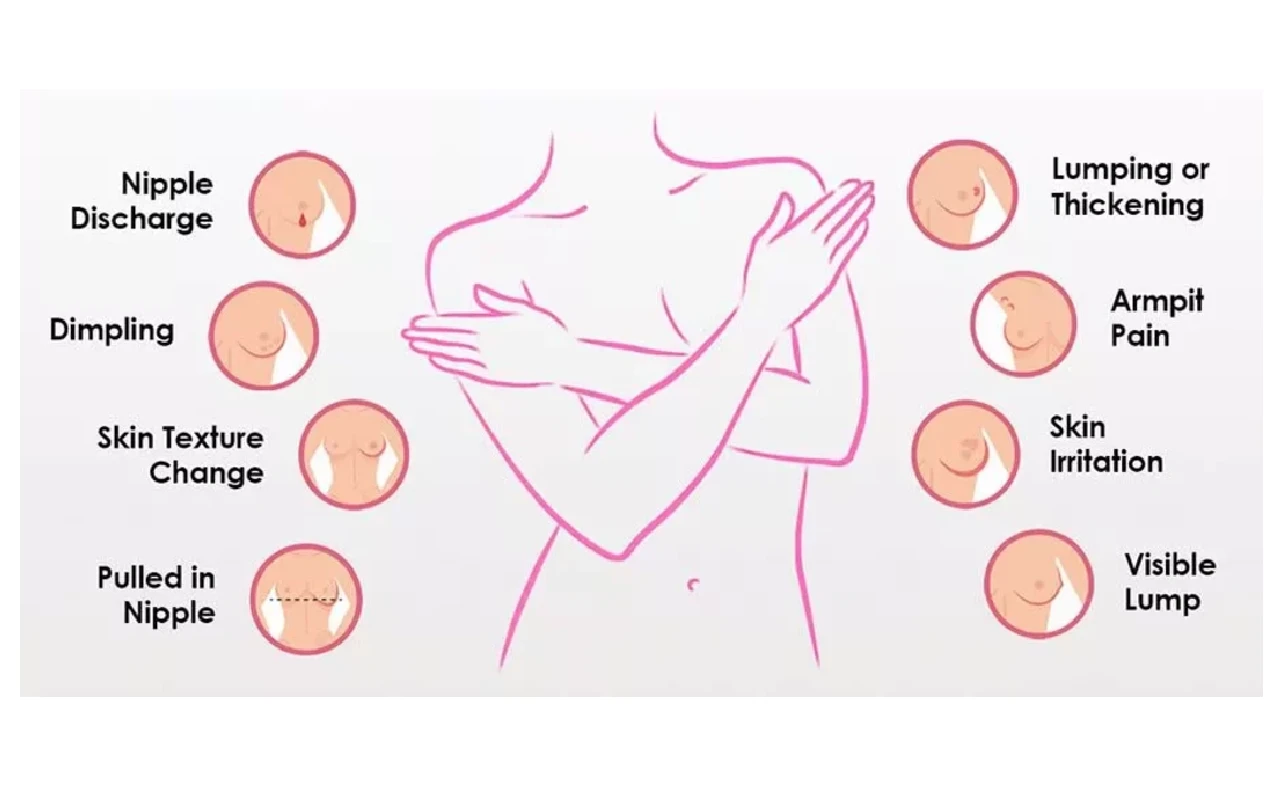Understanding the ICD-10 Code for History of Breast Cancer: A Comprehensive Guide

When it comes to medical coding, precision is key. Whether you’re a healthcare professional, a medical coder, or someone navigating the complexities of medical records, understanding the ICD-10 code for history of breast cancer is crucial. But what exactly does this code mean, and why is it so important? In this article, we’ll break down everything you need to know about this specific ICD-10 code, its significance, and how it’s used in medical documentation. Let’s dive in!
What is the ICD-10 Code for History of Breast Cancer?
The ICD-10 code for history of breast cancer is Z85.3. This code falls under the category of “Personal history of malignant neoplasm,” which is used to indicate that a patient has a past diagnosis of breast cancer but is currently not experiencing the disease. It’s important to note that this code is used for historical purposes and does not imply that the patient is currently undergoing treatment or has an active case of breast cancer.
But why is this code so significant? Think of it as a medical timestamp. It helps healthcare providers understand a patient’s medical history, which can influence current and future treatment plans. For example, if a patient with a history of breast cancer presents with new symptoms, this code can alert the provider to consider potential recurrence or related complications.
Why is the ICD-10 Code Z85.3 Important?
Medical coding is like the backbone of healthcare documentation. It ensures that patient information is accurately recorded, communicated, and analyzed. The ICD-10 code for history of breast cancer (Z85.3) plays a vital role in this process. Here’s why:
- Accurate Medical Records: This code helps maintain a clear and concise record of a patient’s medical history. It ensures that healthcare providers have all the necessary information to make informed decisions.
- Insurance and Billing: Proper coding is essential for insurance claims and billing. Using the correct ICD-10 code ensures that claims are processed smoothly and reduces the risk of denials.
- Research and Statistics: Codes like Z85.3 are used in medical research to track trends, outcomes, and the prevalence of conditions. This data can inform public health policies and improve patient care.
How is the ICD-10 Code Z85.3 Used in Practice?
Let’s take a closer look at how this code is applied in real-world scenarios. Imagine a 55-year-old woman who was diagnosed with breast cancer five years ago. She underwent surgery and chemotherapy and has been in remission since. During a routine check-up, her doctor notes her history of breast cancer in her medical record using the ICD-10 code Z85.3.
This code not only reflects her past diagnosis but also helps her healthcare team monitor her for potential long-term effects of her treatment, such as lymphedema or cardiovascular issues. It’s a small but powerful piece of information that can have a big impact on her care.
Key Differences Between Active Cancer and History of Cancer
It’s important to distinguish between codes for active cancer and a history of cancer. While Z85.3 is used for a past diagnosis, active breast cancer is coded differently. For example:
| Condition | ICD-10 Code |
|---|---|
| History of Breast Cancer | Z85.3 |
| Active Malignant Neoplasm | C50.XXX |
Understanding this distinction is critical for accurate coding and patient care. Misusing these codes can lead to confusion, billing errors, and even impact the quality of care a patient receives.
Common Questions About the ICD-10 Code Z85.3
1. Can Z85.3 Be Used for Family History of Breast Cancer?
No, Z85.3 is specifically for a personal history of breast cancer. For family history, a different code is used: Z80.3. This distinction is important because family history and personal history have different implications for a patient’s risk and care.
2. Is Z85.3 Used for Other Types of Cancer?
No, Z85.3 is exclusively for breast cancer. Other types of cancer have their own specific codes under the “Personal history of malignant neoplasm” category. For example, a history of lung cancer would be coded as Z85.2.
3. How Often Should Z85.3 Be Updated in a Patient’s Record?
Once a patient’s history of breast cancer is documented, the code Z85.3 remains in their medical record indefinitely. However, it’s important to ensure that the record is updated if the patient develops a recurrence or a new type of cancer.
Tips for Accurate Coding with Z85.3
- Double-Check the Diagnosis: Ensure that the patient’s history of breast cancer is clearly documented before using Z85.3.
- Stay Updated on Coding Guidelines: ICD-10 codes are periodically updated. Make sure you’re using the most current version of the code set.
- Communicate with Healthcare Providers: If you’re unsure about a patient’s history, don’t hesitate to ask their healthcare provider for clarification.
The Role of Z85.3 in Patient Care
The ICD-10 code for history of breast cancer is more than just a number—it’s a tool that enhances patient care. By accurately documenting a patient’s history, healthcare providers can:
- Monitor for potential recurrence.
- Screen for secondary cancers or treatment-related complications.
- Provide personalized care based on the patient’s unique medical background.
In a way, this code acts as a bridge between the past and the present, helping healthcare teams make informed decisions that prioritize patient well-being.
Conclusion
Understanding the ICD-10 code for history of breast cancer (Z85.3) is essential for accurate medical documentation, effective patient care, and seamless insurance billing. This code serves as a critical marker in a patient’s medical history, enabling healthcare providers to deliver personalized and informed care. Whether you’re a medical coder, a healthcare professional, or simply someone interested in learning more about medical coding, knowing the ins and outs of Z85.3 can make a significant difference.